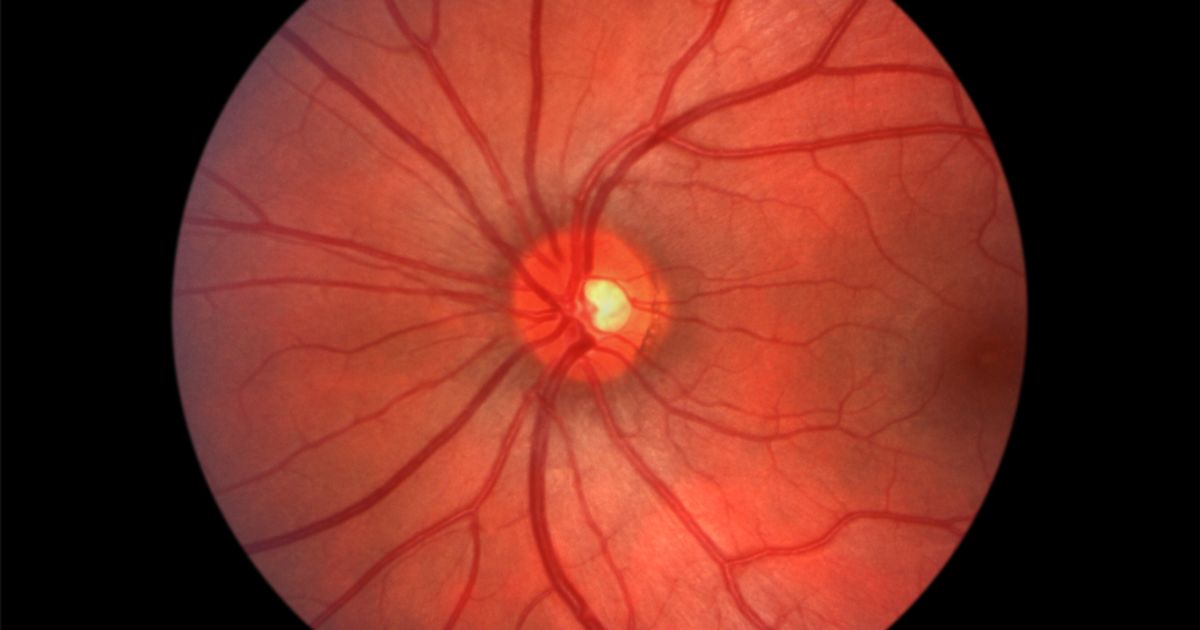It's time for another #tweetorial #twittorial!
Today's topic: Functional Gait Disorders
#FunctionalGait #FND #FMD #Gaitdisorders #Ataxia #MovDis #Medstudenttwitter #neuroresidents #neurology #movementdisorders #FNDHope
1/
2/
#Inconsistency is the variability in gait disorder severity over time.
#incongruency involves a combination of symptoms and sins not seen in organic disorders.
#distractibility
3/
Identify any abnormal walking pattern: inability to walk in a straight line, scissoring or knee buckling, etc
4/
- #dystonic, #ataxic, #spastic, #weak, #antalgic, #parkinsonian, and #hemiparetic
5/
n.neurology.org/content/94/24/…
A detailed list of signs, including videos in the article below:
6/
Suggestive signs of an ataxic gait:
- variability in the base of support and stride
- inability to walk in straight line (sometimes with excessive arm swing)
- poor balance
7/
8/
On #functional dystonic gait, abnormal posturing may disappear during casual walk.
9/
#functional etiology suggested by absence of spasticity, normal reflexes & no weakness
10/
#Giveaway #weakness is suggestive of #functional etiology
11/
Functional antalgic gait has an inexplicable variability during dual tasks, tandem gait, walking with eyes closed or backward.
12/
Inconsistent bradykinesia, rigidity, distractible tremor and incongruent pattern of FOG may suggest a functional etiology.
13/
Absence of #spasticity, #Giveaway weakness and positive #Hoover sign can be found in #functional etiology. Also, variability during exam is present
14/
- Casual walk
- Tandem walk
- Romberg test (worsens vestibular, and sensory ataxia)
- Pull test
- Eyes closed
- Walk backwards, dual-task
15/
- #phenomenology first!
- Look for signs that may suggest functional etiology #distractibility, #inconsistency and #incongruency
- Look for other supportive signs since functional gait disorders are usually accompanied by other functional neurological symptoms.
17/
link.springer.com/article/10.100…
Inspired in the review: Functional Gait disorders: A great sign-based approach (videos Available)
n.neurology.org/content/94/24/…
This #twittorial is a brief overview with educational/board review purposes. Not intended as medical advise.
18/



